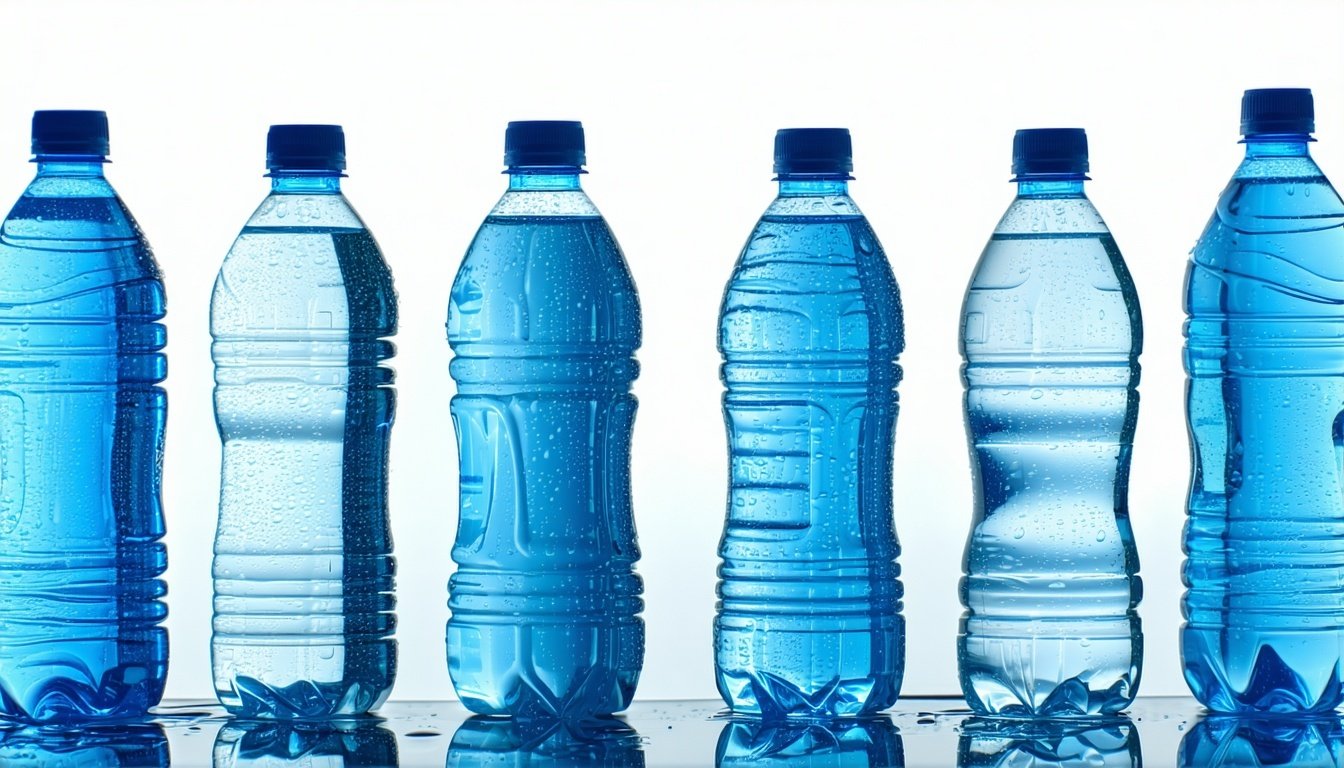For years, bottled mineral water has been the go-to choice for health-conscious consumers — a symbol of purity in a plastic shell. It’s on every boardroom table, in every athlete’s gym bag, and stocked across supermarket shelves as the safer, cleaner alternative to tap water.
But in 2025, that image is being quietly challenged.
Recent reports from major food safety authorities, including the U.S. Food and Drug Administration (FDA) and Switzerland’s Federal Food Safety and Veterinary Office (FSVO), have raised an uncomfortable question: could even bottled water be part of our growing exposure to PFAS — a class of synthetic chemicals often dubbed “forever chemicals”?
At SGS Digicomply, we dug into the data using our Food Safety Intelligence Hub — a platform that continuously scans, filters, and classifies thousands of global food safety reports. When we filtered recent incidents by Substance: PFAS and Product: Water-based flavored drinks, one trend stood out immediately.
The number of PFAS-related mentions in this category spiked sharply in 2025.
And while the volume of incidents is still relatively low, the change in trajectory is unmistakable. The risk is no longer hypothetical — it’s measurable.
-1.png?width=570&height=260&name=PFAS%20Incident%20Mentions%20(2010%20-%202025)-1.png)
This insight has been timely identified and is available to users through the SGS Digicomply Food Safety Intelligence Hub. Feel free to explore the Food Safety Intelligence Hub demo and try this tool in action.
What Are PFAS, and How Do They Get Into Water?
PFAS — per- and polyfluoroalkyl substances — are man-made chemicals used for decades in products designed to resist water, grease, and heat. From non-stick pans to fire-fighting foams and food packaging, PFAS have made themselves at home in modern life.
The problem is they don’t go away.
These chemicals don’t break down easily in the environment or the human body. Instead, they accumulate — in water, in soil, and ultimately in us. Research has linked long-term PFAS exposure to cancer, hormonal disruption, weakened immune function, and developmental issues.
In the context of bottled water, PFAS contamination can occur through natural sources (such as groundwater located near industrial sites), processing equipment, or even packaging materials that leach chemicals over time. While regulatory standards exist for drinking water, bottled products don’t always fall under the same oversight — especially when flavored or enhanced.
What the Latest Reports Are Telling Us
In April 2025, the FDA released the results of a nationwide survey of 197 bottled water samples, part of a multi-year effort to assess PFAS levels in U.S. beverages. Ten of those samples tested positive for PFAS — none above the maximum legal threshold set by the EPA, but still detectable.
More importantly, two of the PFAS compounds found had no current regulatory limit, making it difficult to assess actual health risk.
Meanwhile, Switzerland’s FSVO issued its own alerts in both January and May 2025. The May report flagged PFAS, PFOA, and microplastics in various food and beverage categories, including flavored waters. These warnings came as part of the Seismo Info series — an early-warning bulletin used across Europe to signal emerging threats.
What’s happening is subtle but important: food safety authorities are no longer treating PFAS as an abstract environmental issue. They’re treating it as a direct risk to food and drink consumers.
A Real Threat or Just Better Detection?
It’s fair to ask: is PFAS contamination actually increasing, or are we just getting better at finding it?
The answer, likely, is both.
Food safety regulators have significantly expanded PFAS testing programs over the past two years, often adding flavored bottled beverages to their surveillance scope. At the same time, consumer pressure has pushed producers and agencies to disclose more — faster. In the U.S. and EU alike, rules around contaminant transparency are tightening.
The spike in alerts in 2025 may be less about a worsening crisis, and more about a system finally paying attention. But that doesn’t make it any less concerning.
As one FSVO report noted, PFAS is just one part of a larger trend: the growing presence of industrial pollutants in products previously assumed to be clean — mineral water, table salt, even prenatal vitamins.
Why This Matters for the Bottled Water Industry
For beverage producers, the implications are clear.
Bottled water brands trade on trust — and any sign of invisible contamination erodes that value. PFAS may not be obvious to the consumer, but once exposed, it damages the product’s most powerful selling point: purity.
That’s why manufacturers should be proactive now, not reactive later. This includes:
-
Reassessing source water quality for industrial PFAS presence
-
Reviewing packaging materials for chemical migration risks
-
Implementing routine PFAS testing, even where not yet required
-
Communicating findings transparently, not defensively
Food safety is no longer just about pathogens and recalls — it’s about how we deal with the invisible risks modern chemistry has left behind.
Conclusion: Water Isn’t Just Water Anymore
The rise of PFAS in bottled mineral water isn’t a panic moment — but it is a warning.
As testing expands and more data emerges, we’ll likely see more contamination confirmed, not less. For regulators, producers, and consumers alike, the message is the same: don’t assume safety — verify it.
After all, the most dangerous contaminants aren’t the ones we can taste or see — they’re the ones we never knew were there.
You may also be interested in our other articles on PFAS-related risks:
– PFAS Chemicals Spread Through Contaminated Pesticides
– Latest Insights Relating to PFAS in Food Packaging Materials





.webp?width=1644&height=1254&name=Food%20Safety%20Dashboard%201%20(1).webp)
